amg m113 5.4l v8 engine
4,000 $ Original price was: 4,000 $.3,500 $Current price is: 3,500 $.
Among Mercedes-Benz’s legendary performance powerplants, the amg m113 5.4l v8 engine occupies a revered place. Produced during the late 1990s through the mid-2000s, it marked a golden era for AMG—one where mechanical robustness, handcrafted precision, and unfiltered performance converged. Installed in models such as the E55 AMG (W210 and W211), CLK55 AMG, SL55 AMG, G55 AMG, and others, the M113 engine symbolized AMG’s transition from a specialized tuner to a core division of Mercedes-Benz focused on crafting high-performance luxury vehicles.
Among Mercedes-Benz’s legendary performance powerplants, the amg m113 5.4l v8 engine occupies a revered place. Produced during the late 1990s through the mid-2000s, it marked a golden era for AMG—one where mechanical robustness, handcrafted precision, and unfiltered performance converged. Installed in models such as the E55 AMG (W210 and W211), CLK55 AMG, SL55 AMG, G55 AMG, and others, the M113 engine symbolized AMG’s transition from a specialized tuner to a core division of Mercedes-Benz focused on crafting high-performance luxury vehicles.
The amg m113 5.4l v8 engine variant especially in its supercharged form known as the amg m113 5.4l v8 engine was renowned for immense torque, bulletproof reliability, and distinctive AMG sound. Its associated transmissions, primarily the 5G-Tronic (722.6) and later the 7G-Tronic (722.9), were engineered to handle the V8’s prodigious output while ensuring refined power delivery consistent with Mercedes-Benz’s luxury ethos.
Engine Overview and Architecture
The amg m113 5.4l v8 engine debuted in 1998 as part of Mercedes-Benz’s new-generation modular V8 lineup. Replacing the M119, the M113 introduced several advancements aimed at improving efficiency, reducing weight, and enhancing durability.
Key Specifications (Naturally Aspirated M113 5.4L)
-
Configuration: 90° V8, aluminum block and heads
-
Displacement: 5,439 cc (5.4 liters)
-
Bore x Stroke: 97.0 mm × 92.0 mm
-
Compression Ratio: 10.5:1 (NA version)
-
Valvetrain: SOHC per bank, 3 valves per cylinder (2 intake, 1 exhaust)
-
Fuel System: Sequential multi-port fuel injection (Bosch ME 2.8)
-
Ignition: Twin-spark per cylinder
-
Power Output: 354 hp (260 kW) @ 5,500 rpm (naturally aspirated AMG tune)
-
Torque: 530 Nm (391 lb-ft) @ 3,150 rpm
Supercharged Version (M113K)
-
Induction: Lysholm-type twin-screw supercharger (IHI) with air-to-water intercooler
-
Power Output: 469–500 hp (350–368 kW) depending on model
-
Torque: Up to 700 Nm (516 lb-ft)
-
Compression Ratio: Reduced to 9.0:1 for forced induction
Engine Design and Construction
Block and Bottom End
The amg m113 5.4l v8 engine employs a lightweight aluminum-silicon alloy block with cast-in Silitec cylinder liners. The deep-skirt block design improves rigidity and houses a forged steel crankshaft supported by five main bearings. Each connecting rod is forged, paired with lightweight aluminum pistons designed to optimize strength-to-weight ratio and minimize reciprocating mass.
AMG’s 5.4-liter iteration underwent further reinforcement. The crankshaft was precision-balanced and nitrided for increased fatigue strength. Bearings were upgraded, and internal clearances were blueprinted by hand at AMG’s Affalterbach facility. Every AMG engine was hand-assembled by one technician, following the famous “One Man, One Engine” philosophy a hallmark of AMG craftsmanship.
Cylinder Heads and Valvetrain
Unlike the earlier M119’s DOHC, 4-valve-per-cylinder design, the M113 utilized a single overhead camshaft (SOHC) per cylinder bank with three valves per cylinder—two for intake and one for exhaust. This design struck a balance between airflow efficiency and low-end torque, optimizing combustion and emissions. The heads are aluminum, with hydraulic lifters and twin-spark ignition, allowing more complete fuel burn and smoother power delivery.
Induction and Fueling
The naturally aspirated amg m113 5.4l v8 engine featured a dual-resonance intake manifold that adjusted airflow dynamics across RPM ranges. The supercharged M113K added an IHI twin-screw supercharger driven by a belt from the crankshaft. The supercharger was coupled with a water-to-air intercooler to maintain charge air density and prevent heat soak, resulting in consistent high performance even under sustained load.
Fuel is delivered via a Bosch ME 2.8 electronic management system with adaptive knock control, lambda regulation, and drive-by-wire throttle. AMG engineers refined throttle mapping and fuel curves for instantaneous throttle response and optimal torque distribution.
Lubrication and Cooling
A wet sump lubrication system ensures reliable oil flow under high lateral and longitudinal acceleration. AMG incorporated an enlarged oil cooler and a high-capacity radiator to manage thermal loads from the supercharged configuration. The intercooling system features a dedicated coolant circuit with an electric pump to maintain low intake air temperatures.
Performance and Driving Character
The amg m113 5.4l v8 engine especially in AMG tune was celebrated for its linear, muscular power delivery. The naturally aspirated variant produced an intoxicating surge from idle to redline, while the supercharged M113K delivered immense torque almost instantaneously, giving vehicles like the E55 AMG and SL55 AMG 0–100 km/h (0–62 mph) times in the 4-second range, remarkable for the era.
AMG tuned the exhaust system for a deep, thunderous V8 note without excessive drone, using dual pipes and tuned resonators. This sound became a defining trait of early 2000s AMG vehicles—raw, powerful, yet refined.
Fuel economy was respectable for its class, with the naturally aspirated M113 5.4L achieving 16–18 mpg combined, while the supercharged version averaged closer to 14–16 mpg, depending on vehicle weight and gearing.
Reliability and Maintenance
The amg m113 5.4l v8 engine is widely regarded as one of the most durable AMG powerplants ever built. Its overbuilt internals and conservative boost pressures (for the supercharged model) allowed for exceptional longevity. Many M113K engines exceed 300,000 kilometers with minimal internal wear if properly maintained.
Common issues are generally minor and include:
-
Oil leaks from valve cover gaskets and oil cooler seals
-
Secondary air injection pump failures (on NA models)
-
Intercooler pump failure (on M113K)
-
Crank position sensor faults
-
Occasional supercharger clutch wear
Routine maintenance synthetic oil changes every 10,000 km, timely belt and spark plug replacement, and intercooler fluid checks keeps the engine performing flawlessly.
Transmission Pairings
The amg m113 5.4l v8 engine series was mated primarily to Mercedes-Benz’s 722.6 5G-Tronic and later 722.9 7G-Tronic automatic transmissions, both of which were engineered to handle the engine’s high torque output.
A. 722.6 5G-Tronic
-
Type: 5-speed automatic, electronically controlled
-
Torque Capacity: Up to 800 Nm (in AMG-spec versions)
-
Features:
-
Adaptive shift logic
-
Lock-up torque converter
-
AMG-specific gear ratios and shift programming
-
Manual “TouchShift” mode for driver control
-
The 722.6 was the default transmission for early M113 and M113K vehicles such as the W210 E55 AMG, R230 SL55 AMG, and W463 G55 AMG. Its hydraulic design was robust and well-suited to the supercharged engine’s torque. AMG recalibrated the valve body for quicker, firmer shifts and allowed higher torque converter lockup thresholds.
B. 722.9 7G-Tronic
Introduced in the mid-2000s, the 7G-Tronic offered smoother gear changes, improved efficiency, and faster acceleration through closer ratio spacing. However, early versions were limited to 700 Nm of torque—barely within the M113K’s output—so AMG models retained the strengthened 5G-Tronic in many cases. The 7G-Tronic was more commonly found in later naturally aspirated 5.4L AMG applications.
AMG Tuning and Control
AMG’s software calibration refined shift speed, torque converter behavior, and throttle-blip functionality. In manual mode, gear changes were near-instant, emphasizing driver control while maintaining driveline protection. Transmissions were cooled via a dedicated oil cooler, crucial for sustained high-speed operation.
Applications
The amg m113 5.4l v8 engine (NA and Kompressor) powered a range of AMG models, including:
-
E55 AMG (W210, W211) – Sedan and Wagon
-
SL55 AMG (R230) – Roadster
-
CLK55 AMG (C208, C209) – Coupe and Cabriolet
-
C55 AMG (W203) – Compact Sedan
-
G55 AMG (W463) – SUV
-
CL55 AMG (C215) – Grand Tourer
-
S55 AMG (W220) – Luxury Sedan
Each application involved bespoke exhaust, intake, and cooling adaptations. In heavier models like the G55, AMG prioritized torque delivery; in lighter cars like the CLK55, the tuning emphasized throttle response and agility.
Engineering Philosophy and Legacy
The amg m113 5.4l v8 engine represented the culmination of AMG’s analog engineering era—a blend of precision mechanical craftsmanship and minimal electronic interference. Before the widespread introduction of turbocharging and complex hybrid systems, AMG’s focus was on extracting raw, naturally aspirated or mechanically supercharged performance.
Key engineering virtues that define the M113 era include:
-
Simplicity and strength: Overengineered components built for longevity.
-
Handcrafted quality: Every unit assembled by one technician.
-
Balanced character: Equal emphasis on performance, refinement, and reliability.
-
Timeless sound and feel: A visceral V8 experience unmatched by later turbocharged engines.
Its successor, the amg m113 5.4l v8 engine, brought higher revs and more advanced materials, but many enthusiasts still regard the M113 as AMG’s most dependable and character-rich engine.
Conclusion
The amg m113 5.4l v8 engine stands as a benchmark in performance engineering—a powerplant that fused old-school durability with modern precision. Whether in its naturally aspirated or supercharged form, the amg m113 5.4l v8 engine embodied everything AMG stood for: power, craftsmanship, and reliability.
Combined with the robust 5G-Tronic and 7G-Tronic transmissions, it delivered an effortlessly powerful driving experience that remains revered two decades later. Even today, M113-powered AMGs command respect for their blend of brute torque, mechanical purity, and longevity—attributes increasingly rare in the age of downsized, turbocharged engines.
The amg m113 5.4l v8 engine is not merely an engine; it is a symbol of AMG’s golden age—a masterpiece of German engineering that continues to roar proudly in the hearts of enthusiasts worldwide.
Only logged in customers who have purchased this product may leave a review.
Related products
Engine
Engine


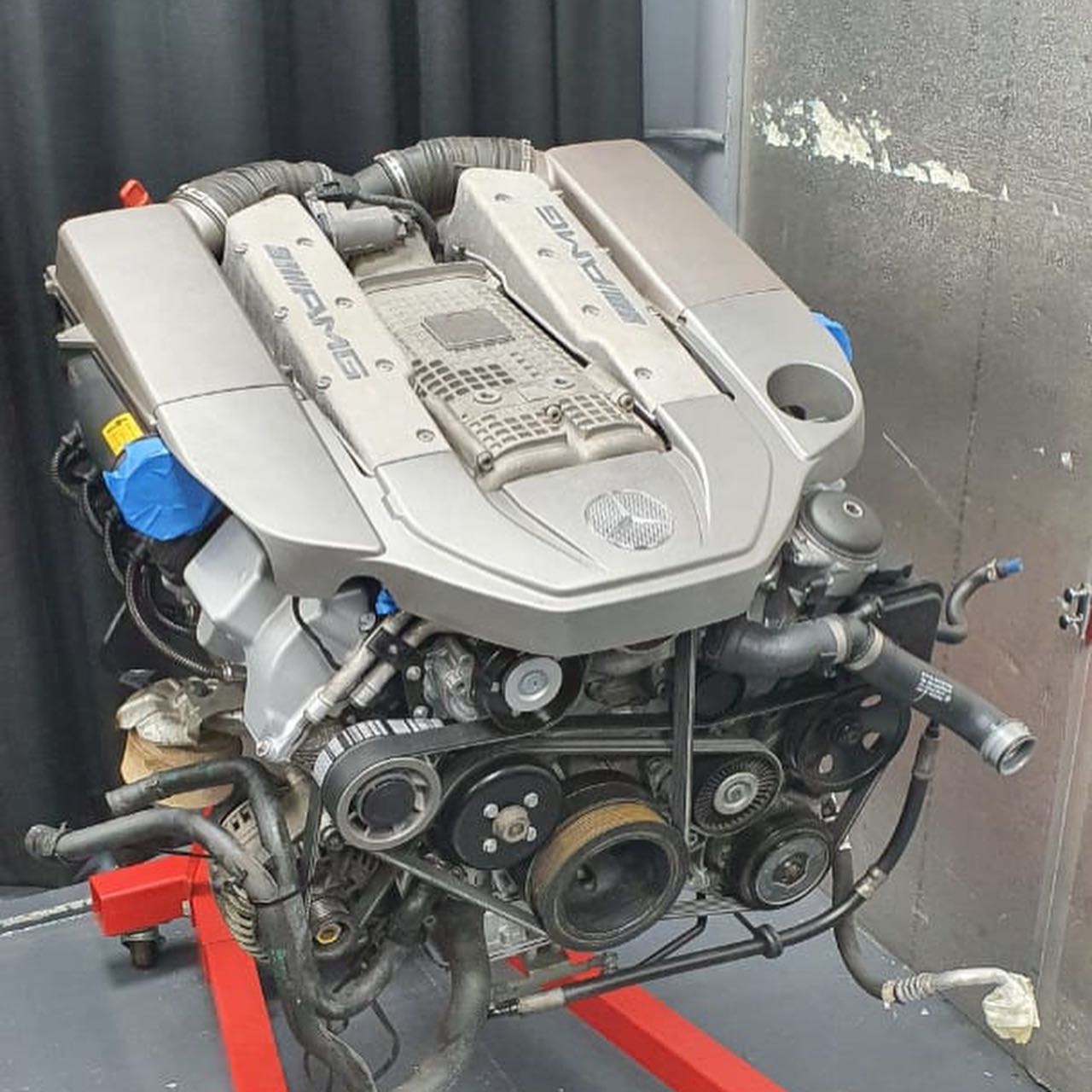
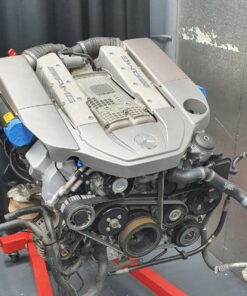
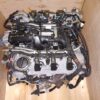
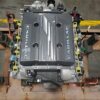
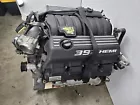




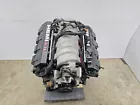
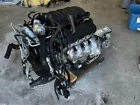
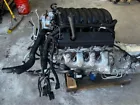
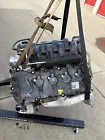
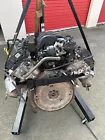
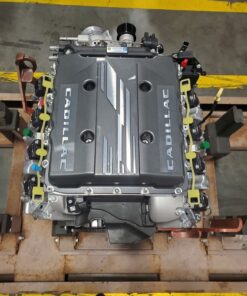
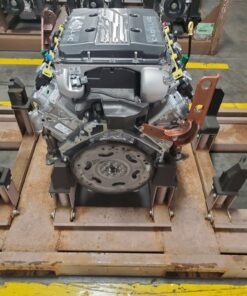

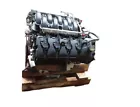
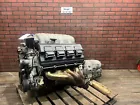
Reviews
There are no reviews yet.